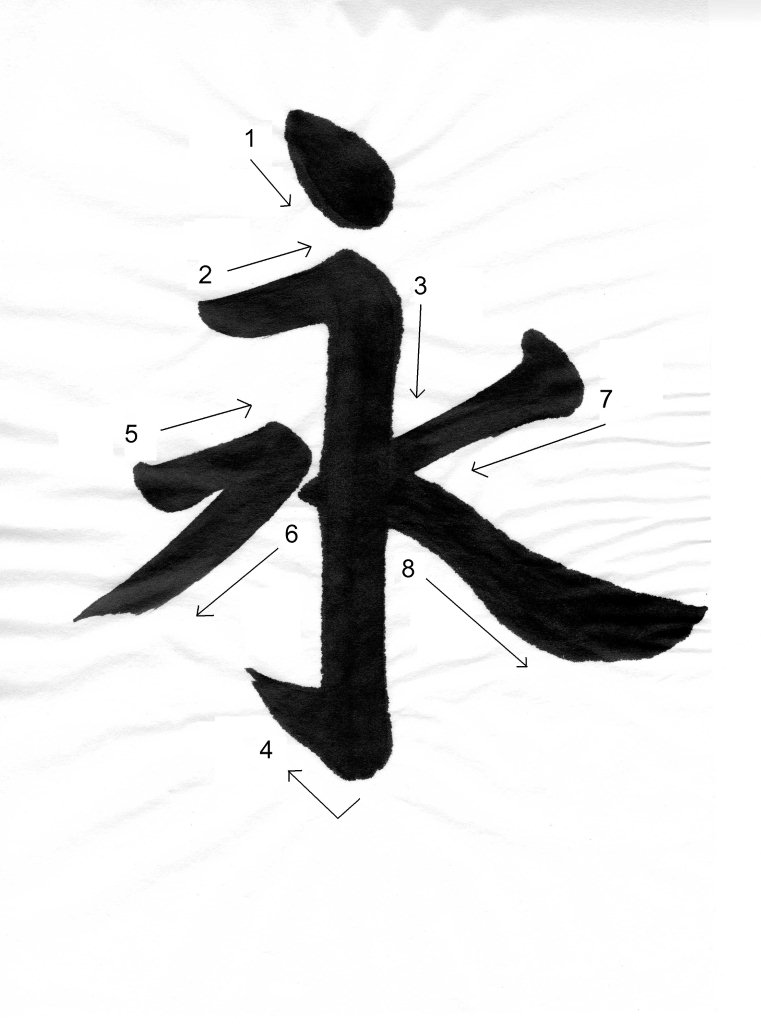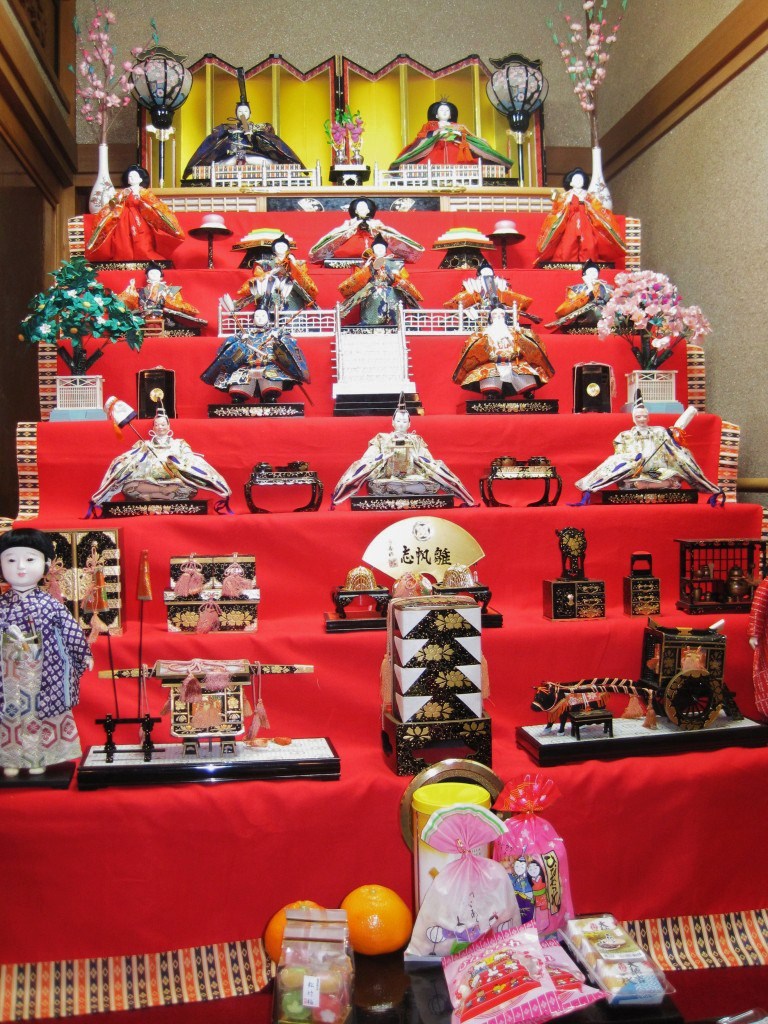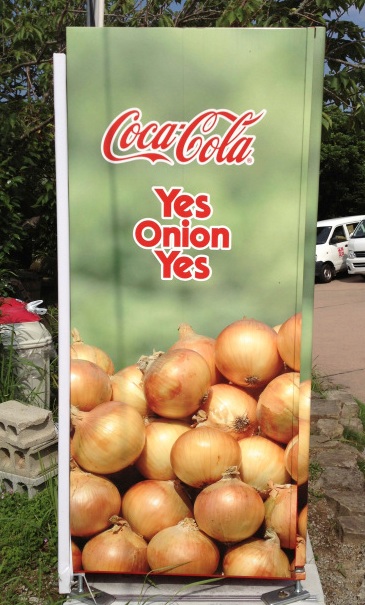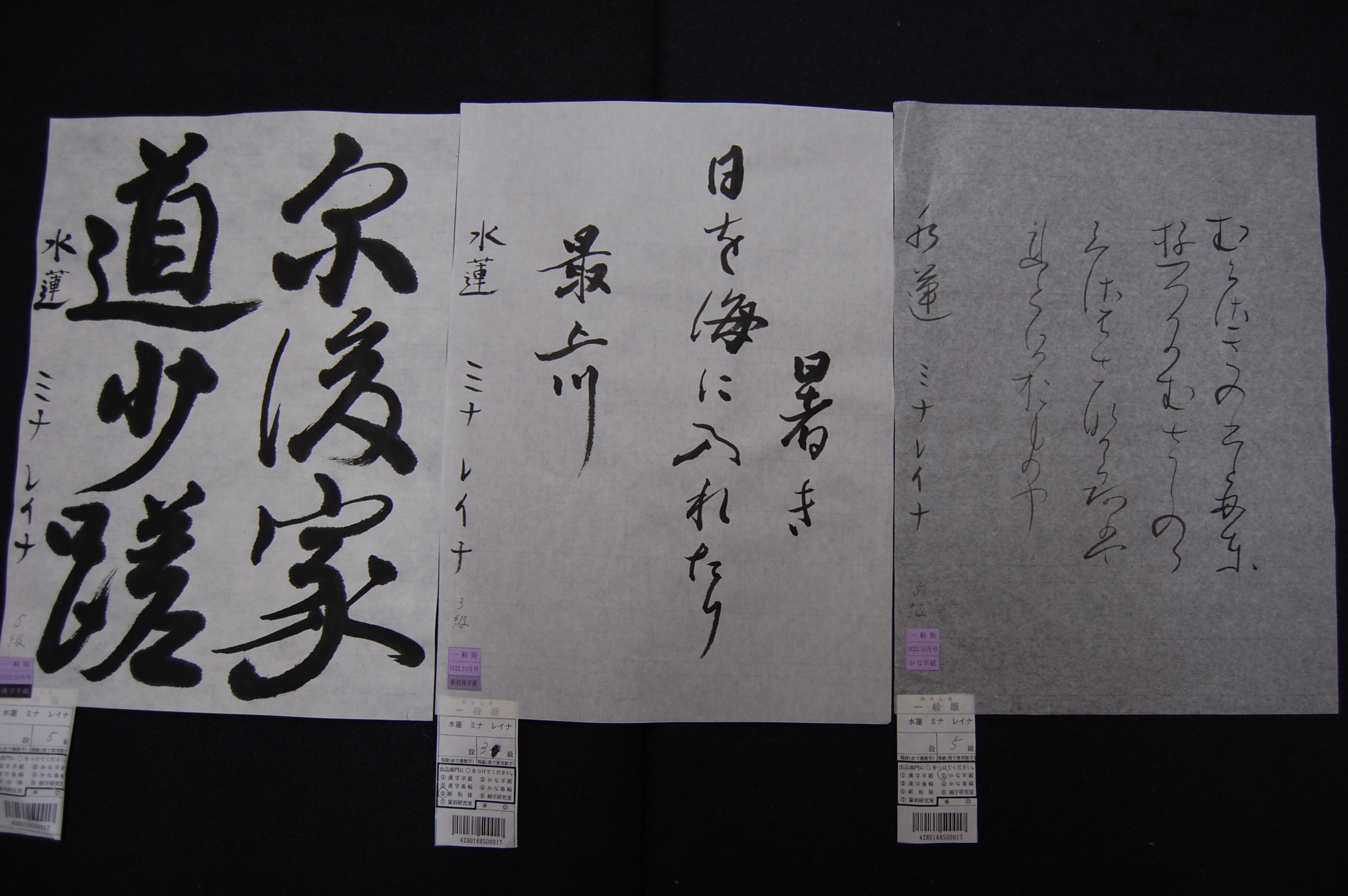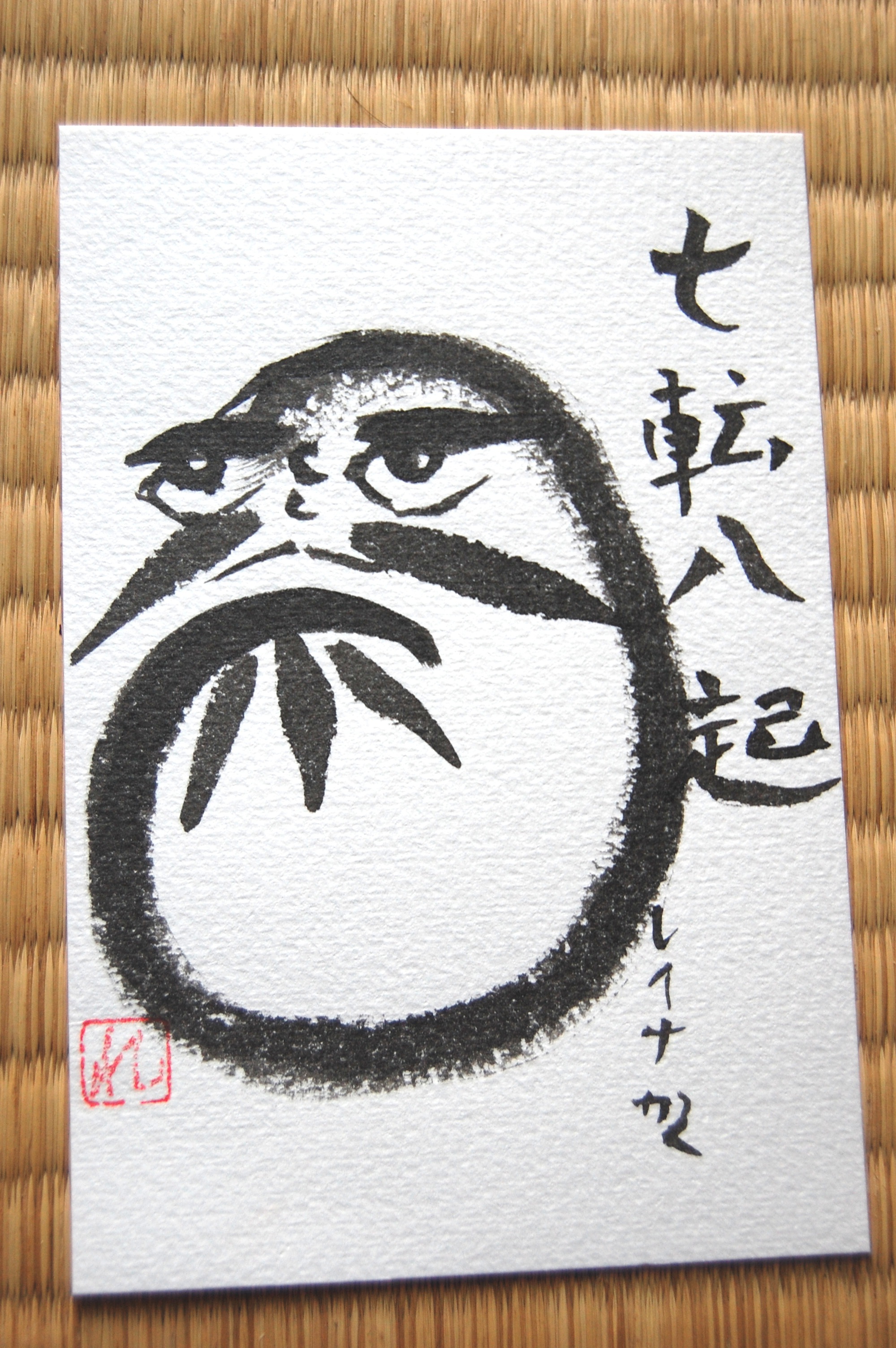My Tutelage in Japanese Graffiti, aka ShÅdÅ
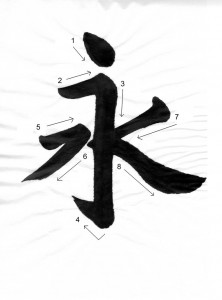 I live in a town of about 45, 000, mostly young families and obaa-chans, where you escape to big cities like Osaka and Kobe if you are young and able enough to get out of inaka life. Sometimes, seeing my students graduate, I feel a twinge of jealousy as they move on to an exciting care-free Japanese university life, in the metropolis of Japan, leaving their little ALT behind in the rice fields and mountains of this small town. I’m a big city girl but I really adore life in inaka Japan. However, as a gaijin coming from the youth subculture of the West, I find the need to fulfill my restless boredom and empty void. I need to find my scene, if you will. Do I enter the infamous world of snack bars (as described in the famous presentation of the World’s Largest Abacus at the 2009 Hyogo Mid-Year Conference)? Do I become a karaoke or izakaya frequenter? As it turned out, I chose to befriend all the obaa-chans of my hometown, as an enthusiastic young pupil to Japanese traditional culture. Enter my tutelage in Japanese calligraphy, or shÅdÅ.
I live in a town of about 45, 000, mostly young families and obaa-chans, where you escape to big cities like Osaka and Kobe if you are young and able enough to get out of inaka life. Sometimes, seeing my students graduate, I feel a twinge of jealousy as they move on to an exciting care-free Japanese university life, in the metropolis of Japan, leaving their little ALT behind in the rice fields and mountains of this small town. I’m a big city girl but I really adore life in inaka Japan. However, as a gaijin coming from the youth subculture of the West, I find the need to fulfill my restless boredom and empty void. I need to find my scene, if you will. Do I enter the infamous world of snack bars (as described in the famous presentation of the World’s Largest Abacus at the 2009 Hyogo Mid-Year Conference)? Do I become a karaoke or izakaya frequenter? As it turned out, I chose to befriend all the obaa-chans of my hometown, as an enthusiastic young pupil to Japanese traditional culture. Enter my tutelage in Japanese calligraphy, or shÅdÅ.
Why do I learn shÅdÅ? Not only is it the perfect way to learn and memorize kanji, stroke order and hence study the Japanese language, it also affords a chance to enjoy haikus and proverbs, since much of the subject matter is influenced by Zen philosophy. In addition to the deep meaning in the message itself, the characters and composition act as an art form. There are so many different styles and scripts, from regular to cursive, and sometimes they even appear illegible. Despite the painful seiza position, and the frustration one can get from trying to write the characters perfectly, shÅdÅ is quite a relaxing and peaceful art. The sound of the brush strokes on the paper, the scent emitted from the bar of Indian ink when ground in water in the beautiful suzuri or grinding stone, all make for calm and soothing ambience.  And as my shÅdÅ sensei once said, it’s great during stressful times: because you need to focus and concentrate on every brush stroke—the balance, angle and the pressure—you can temporarily forget about things that are bothering you.
While a lot of people enjoy writing their favorite kanji as a first timer, if you’re really serious, there is one kanji that will help hone your brush work: æ°¸ or Eternity. In shÅdÅ this is known as eiji happÅ, as it uses the 8 basic strokes one must master. Brushes make shapes not lines, and controlling the head of the stroke, and the pressure of the brush as you drag it to create the body; how you lift the brush from your paper when you create the tail of the stroke, all depend on pressure and angles of your wrist. You need to visualize the strokes before you write the character. You need to put ãã‚‚ã¡ into your brushwork to get the desired effect. Each kanji has a stroke order because if not followed, it cannot look the same. The stroke order is actually designed to create the kanji with the least amount of strokes almost in a continuous movement. Think of it like a car navigation system: the easiest route to get from Point A to Point B. Once acquiring the skills in the technique of these unique strokes, one can write any character properly.
I liken shÅdÅ to graffiti, only because there are certain techniques to master in order to create the shape of the character properly—but once mastered, the individual artist can create their own style or writing, with the content and the composition both being expressed artistically. There are basic principles of every style, yet each style is beautiful and unique, not unlike the art of street graffiti and tagging, if that is your thing. As graffiti is a key element of hip hop, art, and political commentary, so is shÅdÅ key to Japanese traditional cultural art and history. It definitely led to my participation in other Japanese cultural arts such as tea ceremony, kimono wearing class, and ikebana. It has helped me to study Japanese and it has helped me to study Japan. It introduced me to many obaa-chans in my town and beyond. Screw the big city and its bar scene, the snacks andbosozoku gangs. Live in the inaka, get yourself an obaa-chan crew, and soon enough you’ll be donning a kimono and tagging your kanji on washi paper.
